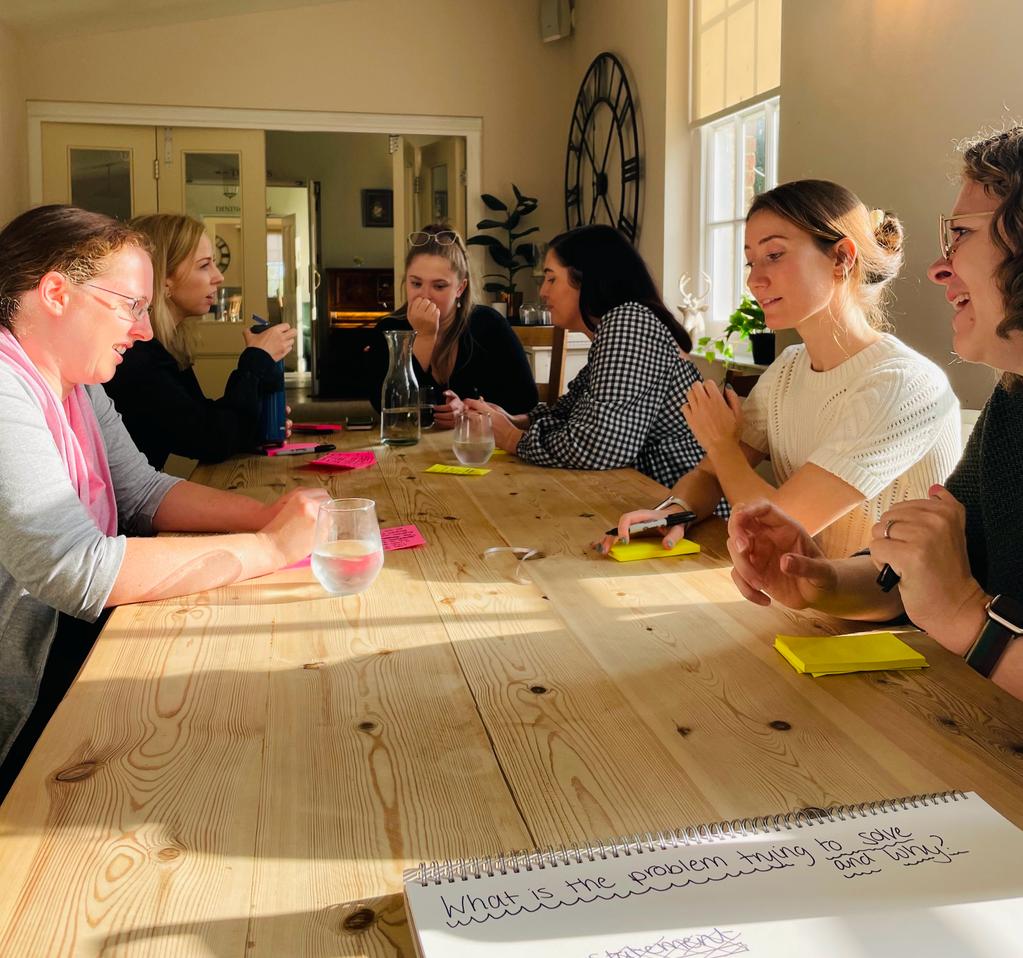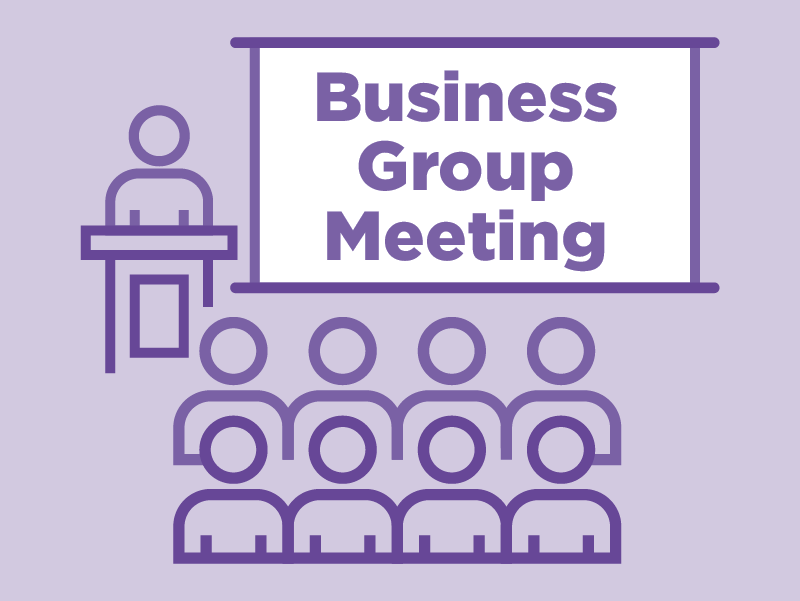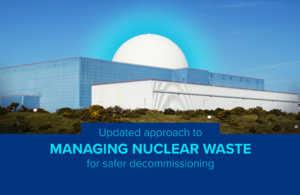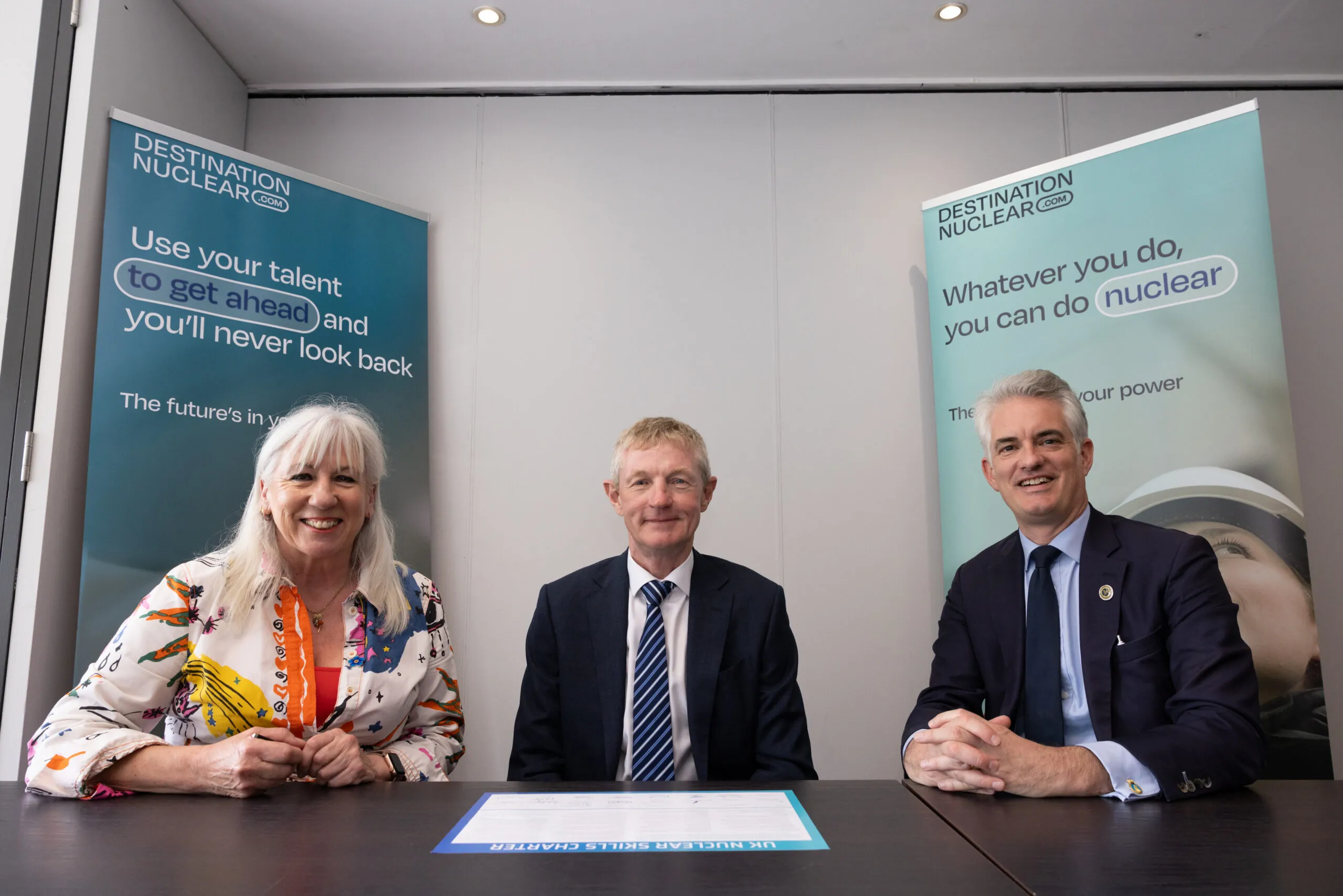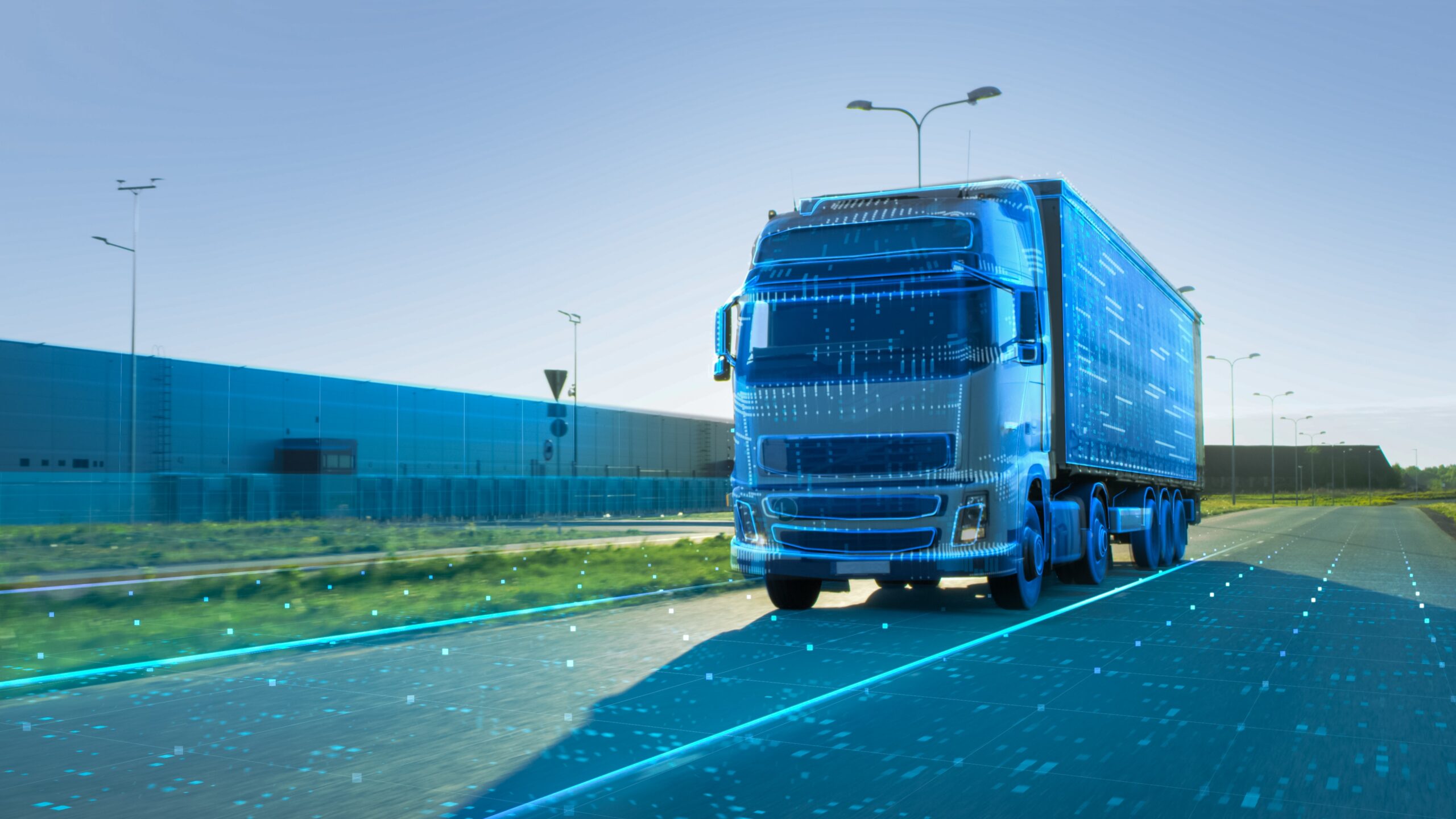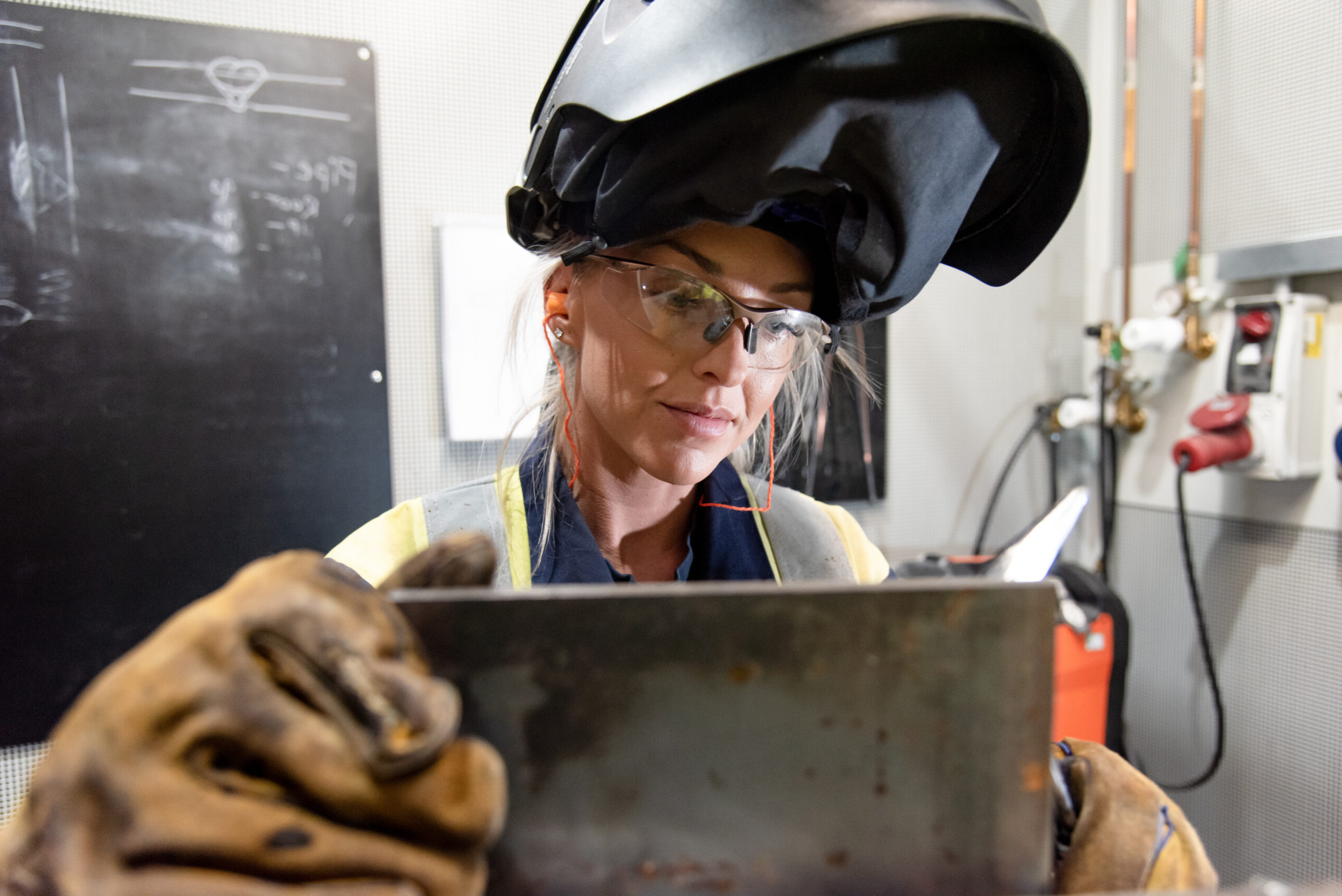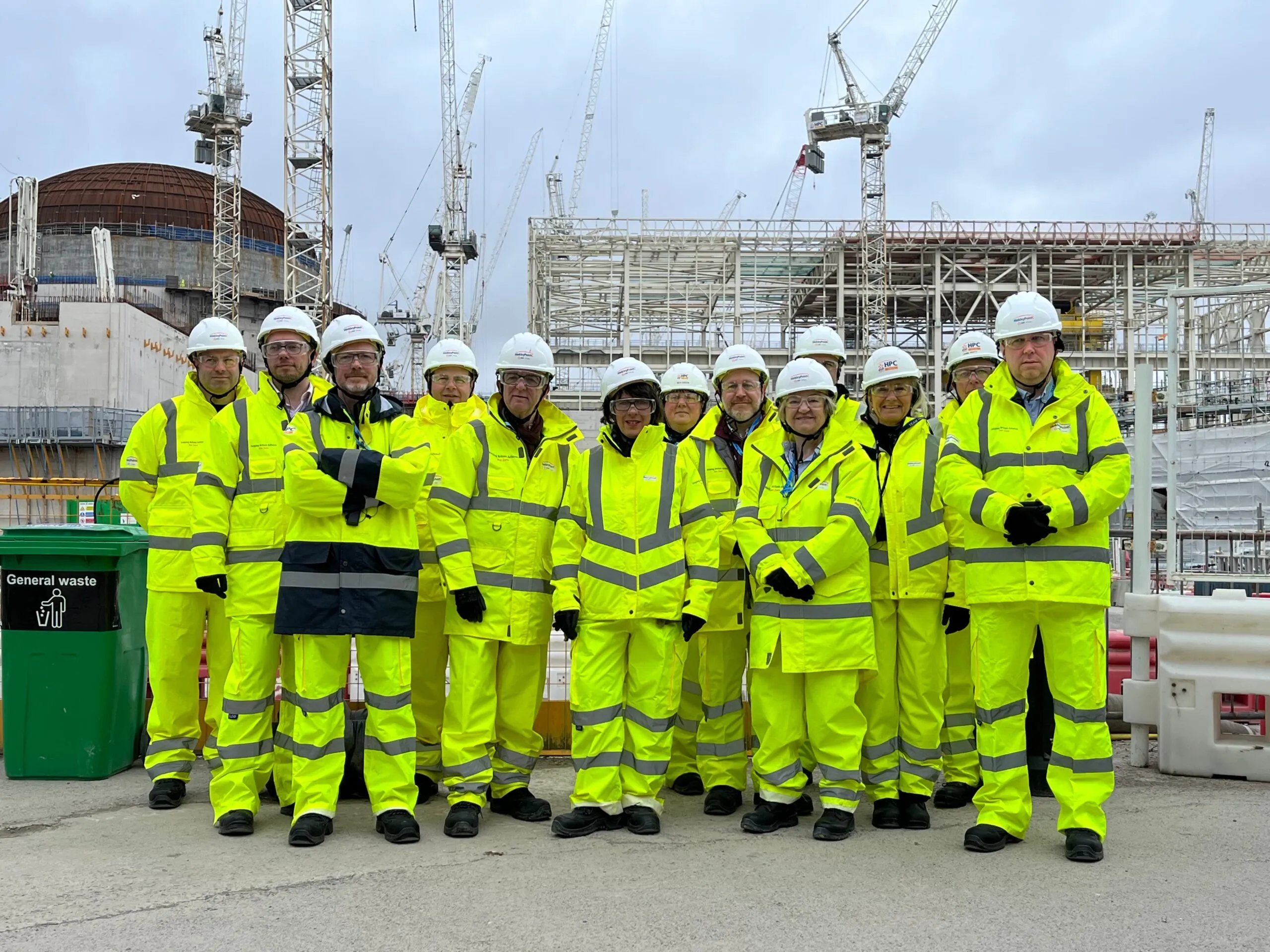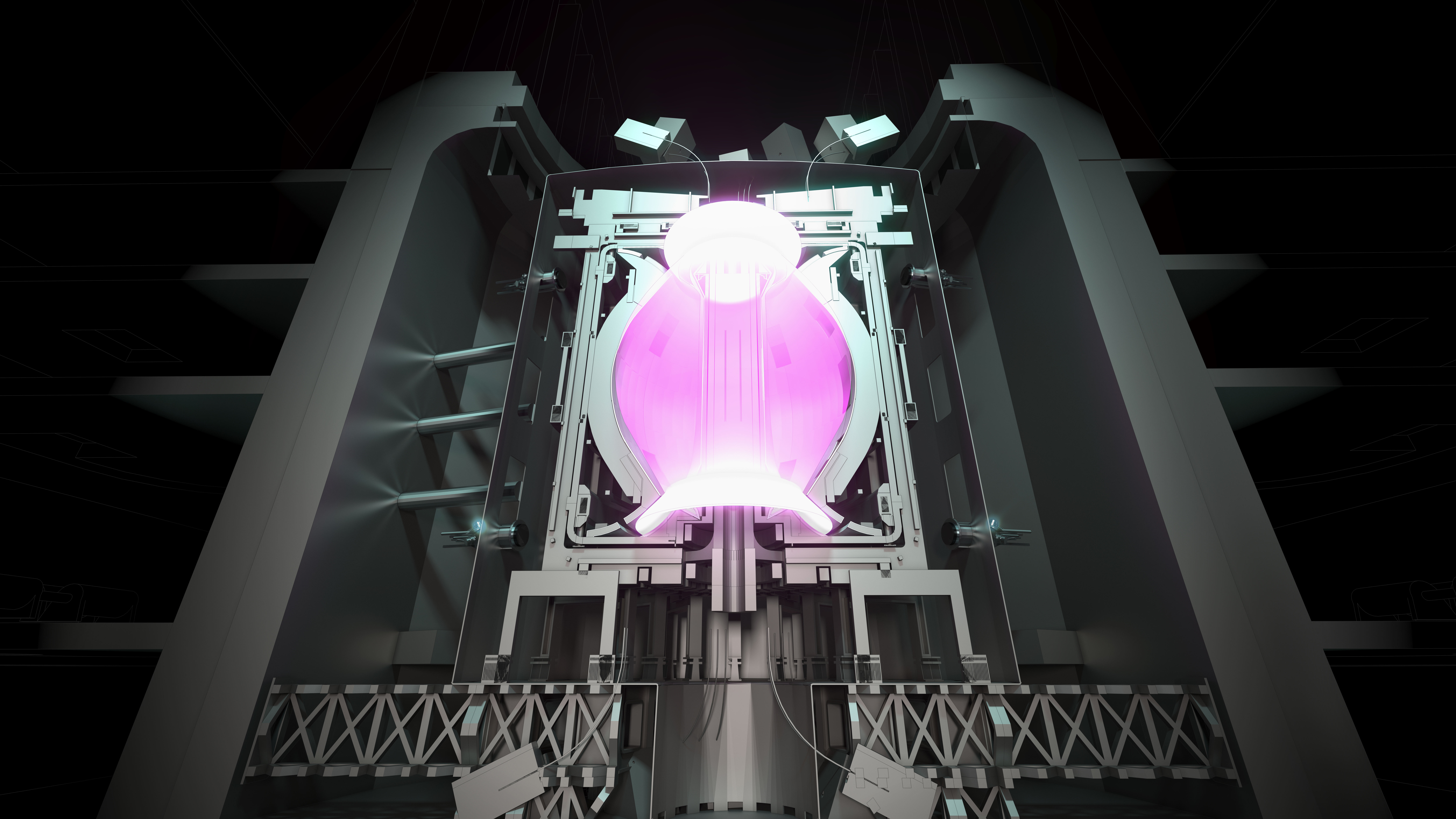How a safe space can turbo charge productivity
Poor wellbeing is costing firms across the UK more than £50bn, according to a report from mental health charity Mind. A staggering amount – it shows the value of listening to what your people need, and taking action.
At Calm In A Box, we recently launched our first cross Nuclear sector CALM Design School in collaboration with Nuclear Institute Young Generation Network, Women in Nuclear UK and Nuclear Skills Strategy Group, kindly sponsored by Nuclear AMRC.
For next generation female leaders, CALM Design School works to co-create new ideas to help the Nuclear sector become an inclusive industry of choice for people and skills, supporting the development of workplace cultures where everyone can thrive.
With members of the first cohort, coming together from Rolls-Royce, Cavendish Nuclear, EDF Energy, Ministry of Defence, Sellafield Ltd and Cerberus Nuclear, we realised we had quickly established a ‘safe space’ for our design school and reflected on why and how this had happened so effectively.
A psychologically safe space is anywhere that people feel comfortable to express their thoughts and feelings openly with others. This is proven to positively impact actions and outcomes particularly during times of change for individuals and teams.
Psychological safety refers to the feeling of being able to speak up, take risks, and make mistakes without fear of negative consequences. The term psychological safety was first coined by Amy Edmondson, a professor at Harvard Business School.
Here are some top tips on what members of the Nuclear cross sector CALM Design School felt made their successful safe space.
- Listen, listen, listen.
An effective ‘safe space’ is somewhere that employees can share ideas and opinions and feel valued. Respect here is key, as is listening before responding. As a result, members felt they could share their ideas more freely supporting innovation.
- Environment is key.
Think about whether or not the physical environment is working for or against you; if it isn’t, move to a different space. Different spaces give us different energy and the right environment can really support more open dialogue.
- Always have kind intentions.
CALM Design School members felt it was important that everyone contributed to conversations in the safe space, and that they weren’t judged on their comments. If someone didn’t understand something, members were able to ask why without being criticised or made to feel silly.
- Diversity of thinking as well as people. The diversity of the people in the room was also important. Members appreciated being with people from different backgrounds, with different jobs and styles.
- Time to think. Perhaps the most common theme was that those in the ‘safe space’ were given time to reflect, weren’t put under any pressure and, most importantly, they felt calm.
CALM In A Box is all about co-creating cultures which support people to better navigate the challenges and opportunities of the 21st century workplace. Working to co-create a ‘safe space’ – and we stress the importance of this being fostered by employees at all levels of an organisation – can help bring people together and significantly increase productivity and innovation.
Find out more and access our free resources on our website – via the CALM Hub – to create work/life brilliance for you, your team and your organisation.
